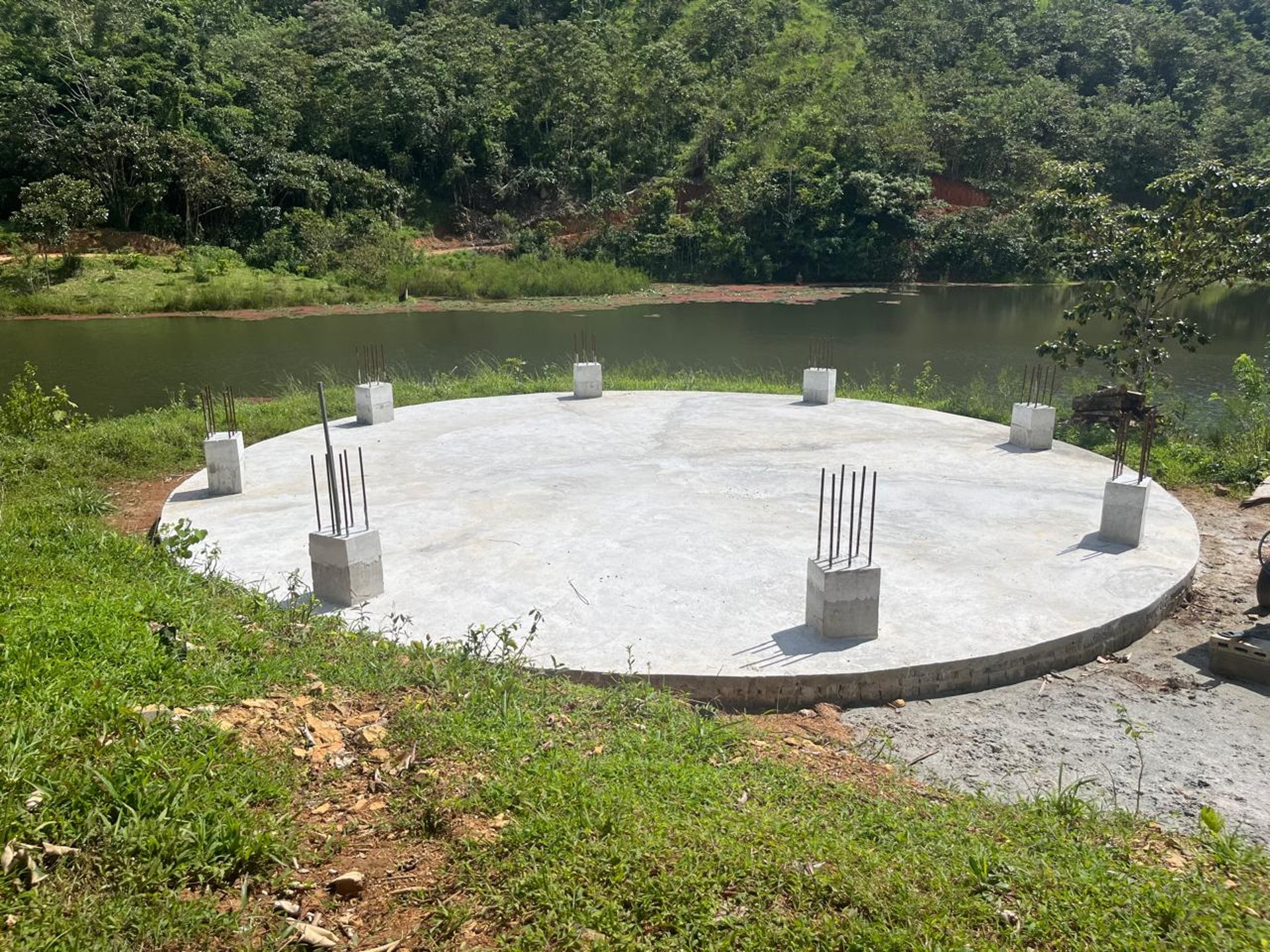
Context
In the rural areas of Panama, the lack of educational and cultural spaces has driven constant migration toward the city, causing the gradual loss of family bonds, traditions, and local knowledge. In response to this reality, Punto de Encuentro emerges as a territorial and human initiative — a space designed to strengthen community roots through collaboration, education, and intergenerational knowledge exchange.
Purpose
Conceived as a place for coexistence, learning, and collective construction, the project functions as a community catalyst where architecture becomes a pedagogical tool. At Bambú Lab, we understand material not only as a constructive resource but as a weaver of knowledge, community, and belonging.
The project proposes a replicable model of social infrastructure, adaptable to various rural communities across the country, promoting sustainability, technical education, and local pride.
Development
The project unfolds in three construction phases, each conceived as an opportunity for collective learning:
Phase 1: Implementation of modular bamboo structures, building upon the community’s existing knowledge and expanding it through new bending and assembly techniques.
Phase 2: Incorporation of earthen construction techniques — such as rammed earth and bahareque walls — to enhance the use of local materials and bioclimatic comfort.
Phase 3: Consolidation of the space as a community center and platform for continuous education, integrating workshops, cultural activities, and applied research processes.
Each stage follows the “learning by doing” methodology, involving young people and local builders. The construction itself becomes a living classroom — a space for experimentation, teaching, and shared creation of knowledge. Structural tests, such as bending and compression trials, are integrated into the process, generating valuable data for future bamboo-based projects.
Symbolic and Territorial Value
Beyond its tectonic value, Meeting Point embodies the principles of Bambú Lab: sustainability, sense of belonging, and synergy. It serves as a case study that demonstrates how architecture can simultaneously be research, education, and community action.
The project not only builds a structure but also a network of collaboration — a space where the community recognizes its ability to transform its territory with its own hands.
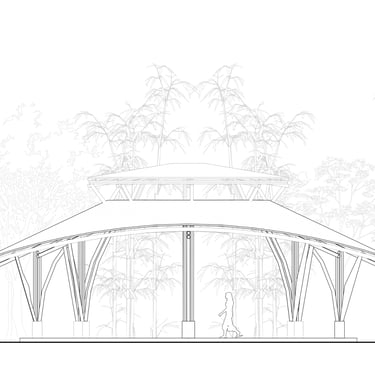
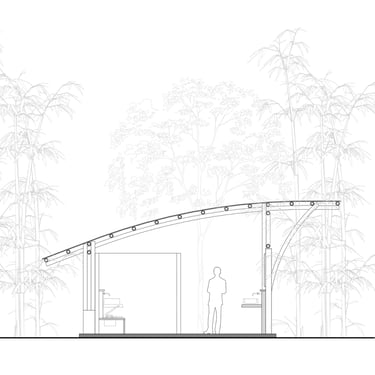
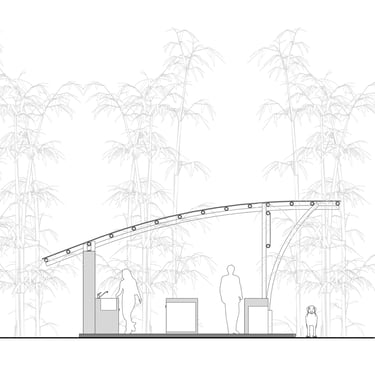
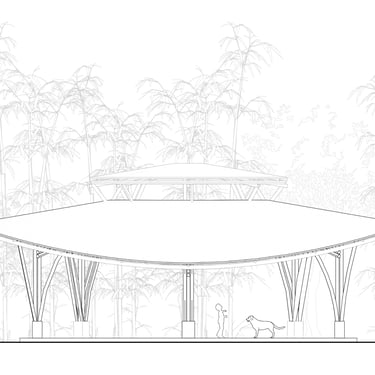
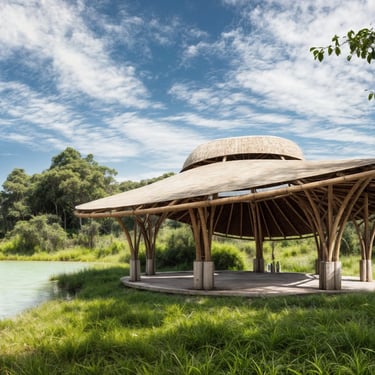

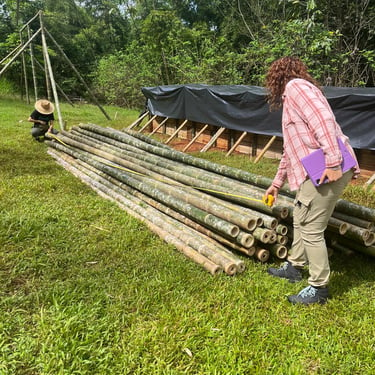
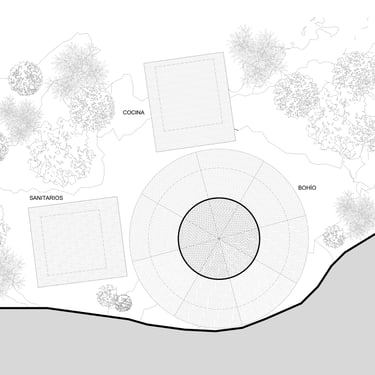
Punto de Encuentro:
Living laboratory of collaboration, learning, and community.
Year: 2025
Area: 135m²
Design: Bambú Lab
Diagrams: Bambú Lab
Photography: Bambú Lab
Stage: Under Construction
